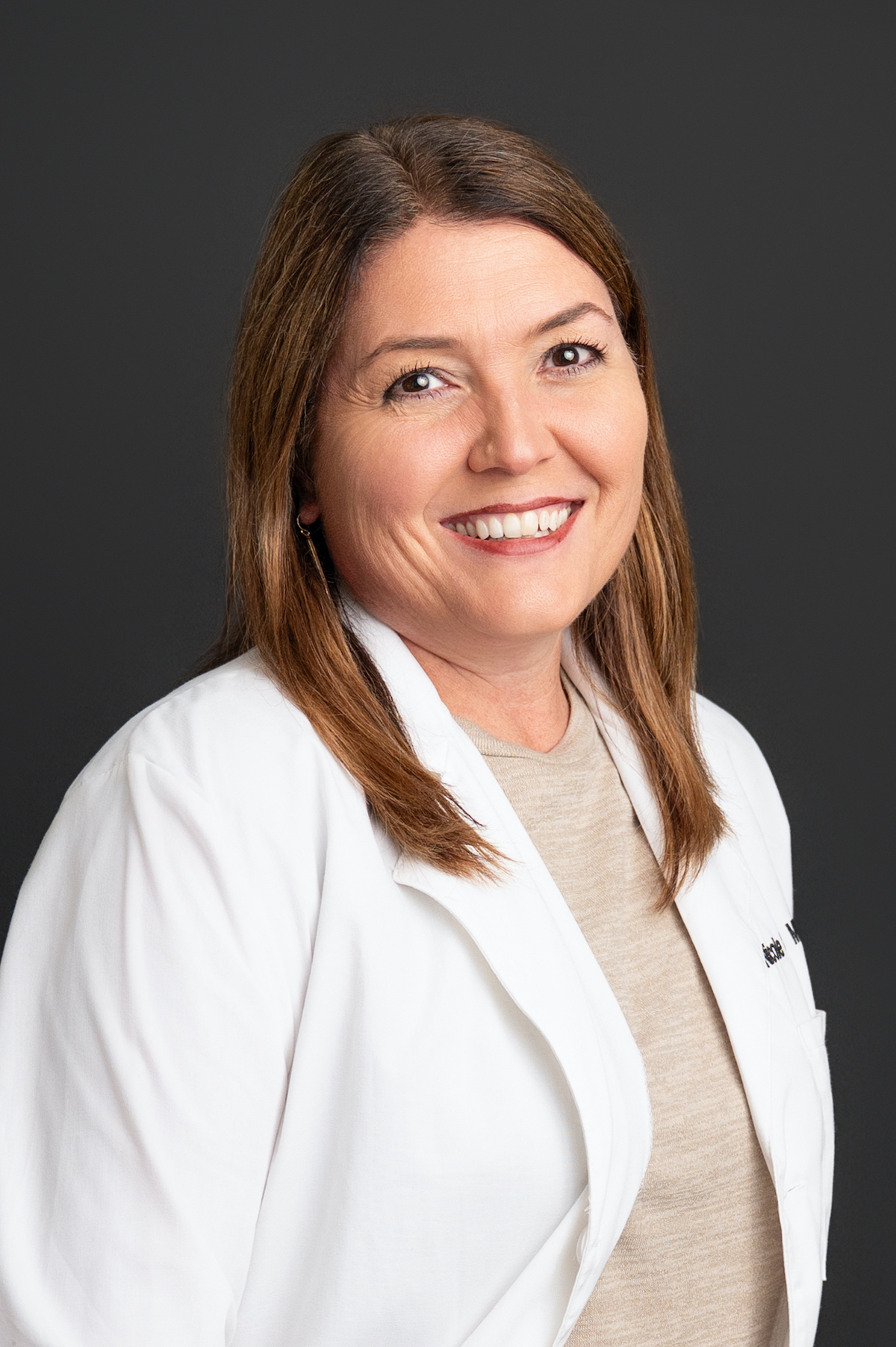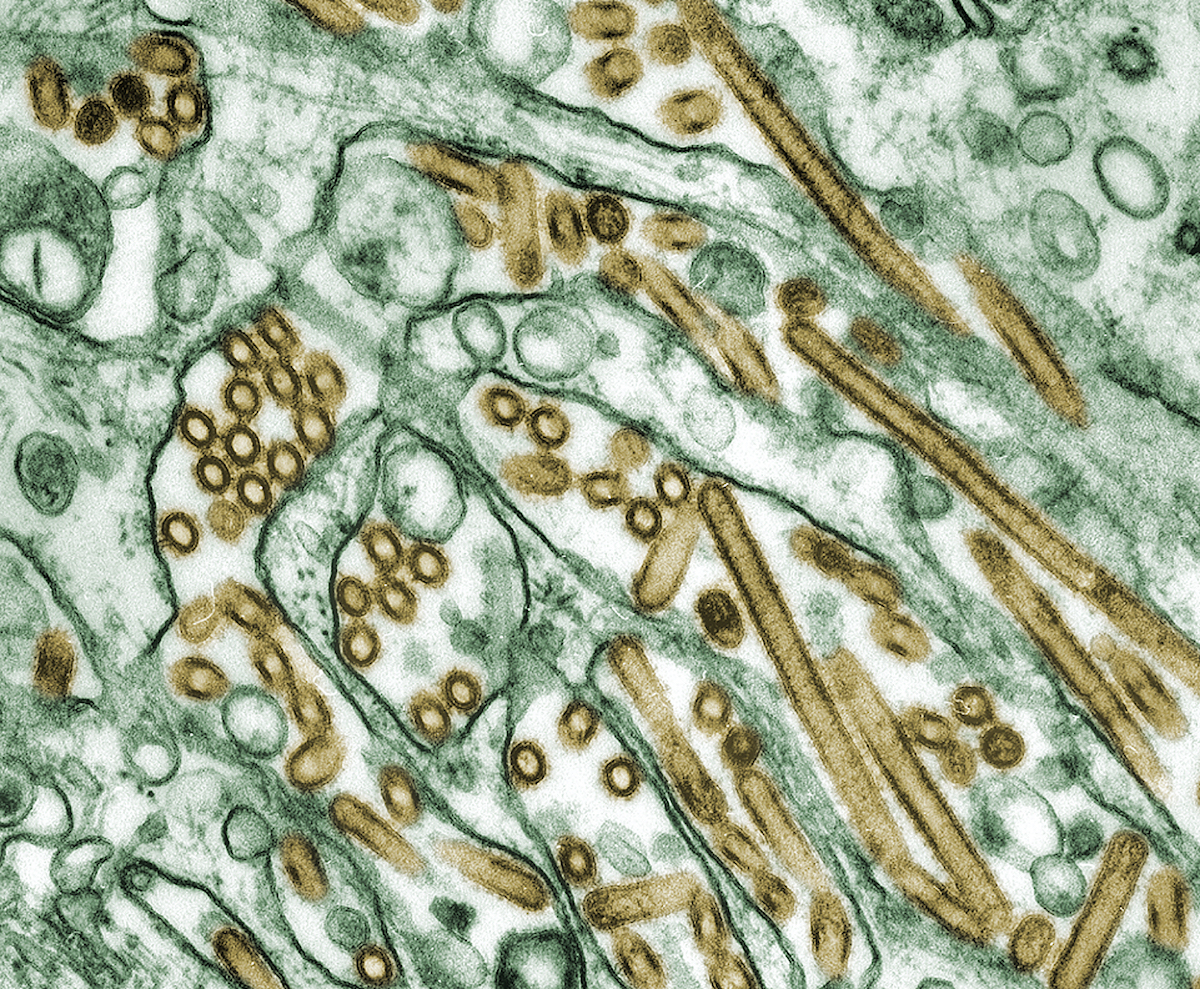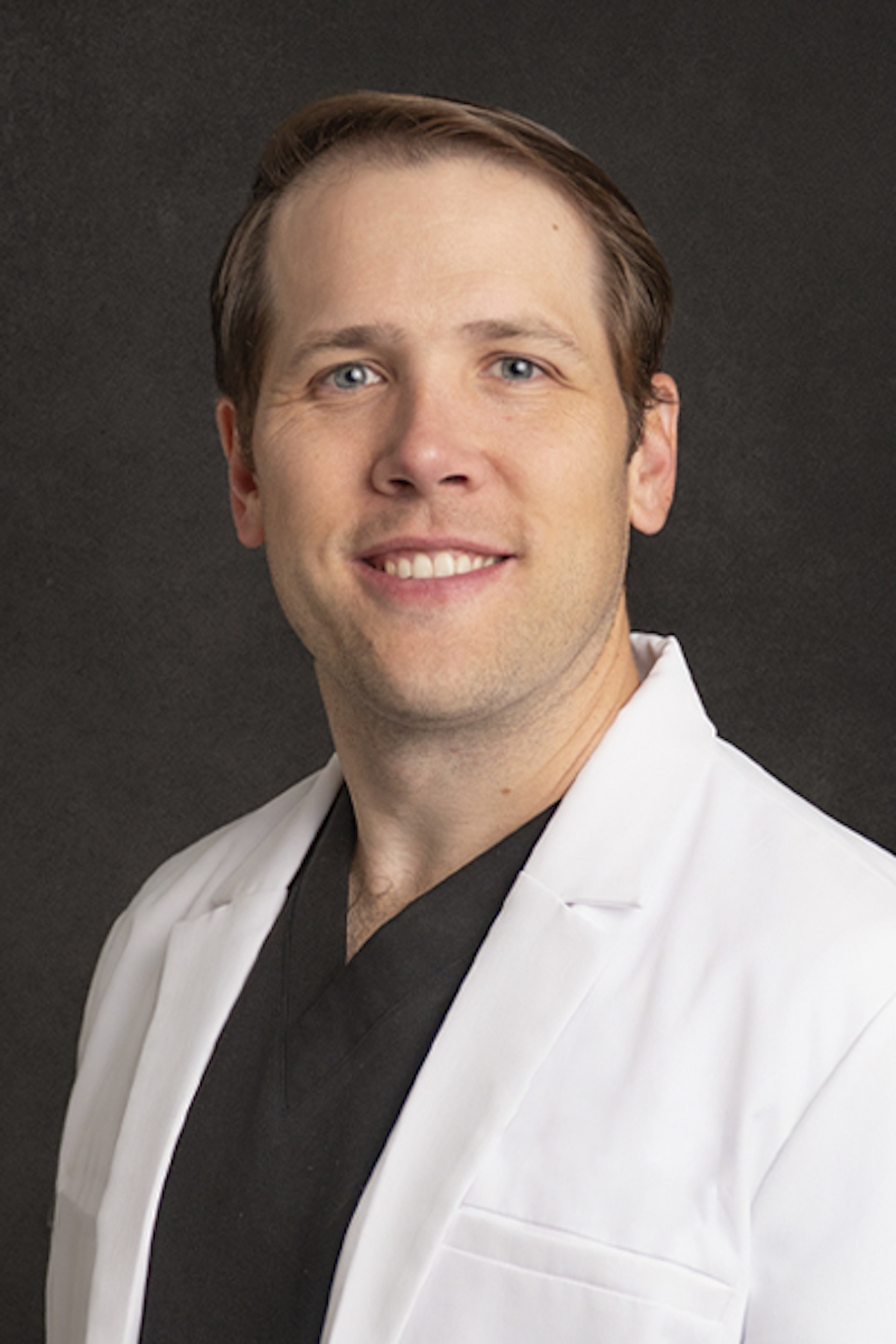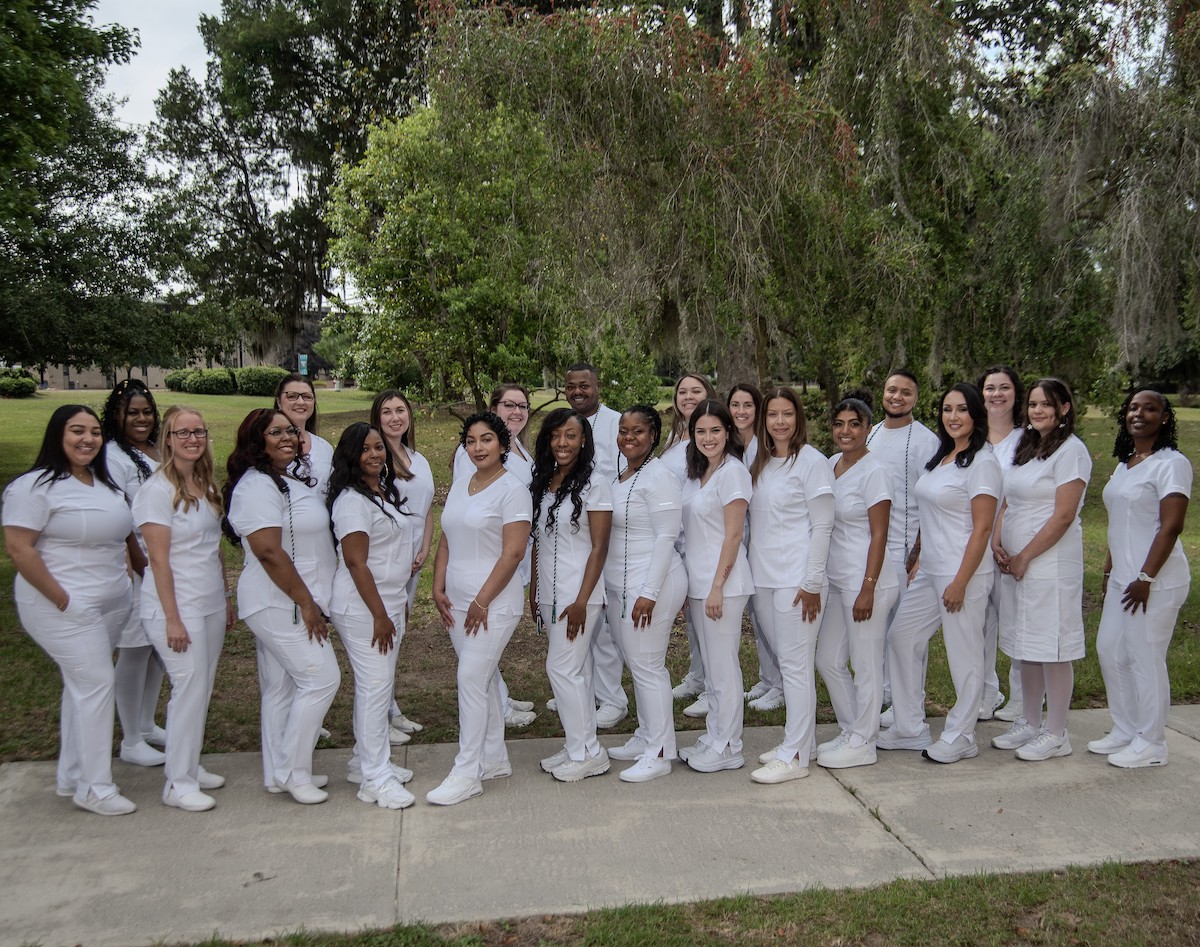You want to take good care of your family. You try to eat healthy foods. You take your children to the doctor for regular checkups. You try your best to protect your family
from accidents and illness. But did you know your home might have hidden dangers to your family’s health?
Mold and moisture are a special concern in the Lowcountry.
Most of us have seen mold or moisture around the home. But did you know that mold is alive? It grows on wet or damp surfaces. It is often gray or black but can also be white, orange, or green. It can grow out in the open, on places like walls, clothes, and appliances. But you may also find it in more hidden places—under carpets or in walls and attics. Mold often smells musty. Mildew is a common name for mold. If you live near the ocean or in a damp climate, there may be more mold in your home than in homes in other places.
Mold produces “spores,” tiny specks you can’t see and that float through the air. When you breathe in mold spores, they get into your lungs. This can cause health problems. People with allergies to mold may have reactions. They include watery eyes, runny or stuffed up noses, sneezing, itching, wheezing, trouble breathing, headaches, and tiredness. Mold can even trigger asthma attacks.
Some molds can cause severe health problems in some people, but scientists disagree about what the problems are. Mold is almost everywhere, but it is not healthy to live where mold is growing.
Because mold needs moisture to grow, try to keep your home and everything in it dry. Here are some places you might find mold:
In bathrooms, especially around the shower or tub, and on the walls, ceiling, or floor
In wet or damp basements and crawl spaces
Around leaky bathroom and kitchen sinks
In attics under leaking roofs
On wet clothes that are not dried quickly
On windows and walls where condensation collects
In closets
Under wallpaper or carpet
In your air conditioner
It’s important to fix any moisture problem in your home right away. Mold can grow fast, so it’s best not to wait. To stop mold from growing, quickly dry or throw away anything that has gotten wet.
Action steps to prevent mold
Use downspouts to direct rainwater away from the house. Make sure your gutters are working.
Slope the dirt away from your house’s foundation. Make sure the dirt is lower six feet away from the house than it is next to it.
Repair leaking roofs, walls, doors, or windows.
Keep surfaces clean and dry—wipe up spills and overflows right away.
Store clothes and towels clean and dry—do not let them stay wet in the laundry basket or washing machine.
Don’t leave water in drip pans, basements, and air conditioners.
Check the relative humidity in your home. You can buy a kit to do this at a home electronics or hardware store. Stop using your humidifier if the relative humidity is more than 50%.
If the humidity is high, don’t keep a lot of houseplants.
Wipe down shower walls with a squeegee or towel
after bathing or showering
Cut down on steam in the bathroom while showering. Run a fan that is vented to the outside or open a window.
Run a fan vented to the outside when cooking.
If you have a dryer, make sure it is vented to the outside.
Use a dehumidifier or air conditioner to dry out damp areas.
If you use a humidifier, rinse it out with water every day. Every few days, follow the manufacturer’s directions for cleaning it or rinse it out with a mix of 1/2 cup chlorine bleach (Sometimes called sodium hypochlorite. “Clorox” is one brand.) and one gallon
of water.
When you use your air conditioner, use the “auto fan” setting.
Throw away wet carpeting, cardboard boxes, insulation, or other things that have been very wet for more than two days.
Increase airflow in problem areas— open closet doors and move furniture away from outside walls where mold is growing. Move your furniture around occasionally.
Prevent moisture from collecting on win- dows by using storm windows. If you live in an apartment, talk to your landlord about putting on storm windows.
Keep people with asthma or allergies away from damp areas of your home.
Cover window wells if they leak.
After cleaning up mold, using a high efficiency (HEPA) vacuum or air cleaner may help to get rid of mold spores in the air. You may be able to borrow a HEPA vacuum. Call your local or state health department to ask.
If you find an area of mold greater than 15 square feet, it’s best to hire a professional to get rid of it. (You can find them listed in the telephone book or online under “Fire and Water Damage Restoration.”)
Clean up mold with a mix of laundry detergent or dishwashing soap and water OR chlorine bleach with soap and water. Do not mix chlorine bleach with any product that contains ammonia.
If you think mold may be causing you or your family health problems, see a doctor.
How to clean up mold:
Protect yourself when cleaning up mold. Wear long sleeves and pants, shoes and socks, rubber gloves, goggles to protect your eyes, and a N-95 respirator. Open a window to let in fresh air while you’re working.
Throw away things like carpet or mattresses, wallboard (drywall), ceiling tile,
insulation, or cardboard boxes that have been wet for more than two days. Wrap anything you’re going to throw away in plastic to stop mold from spreading. Cleaning up mold puts the spores in the air so it’s a good idea to wear a respirator. Keep small children, elderly and sick people, and anyone with allergies or asthma away during cleanup.
Clean hard surfaces with a mix of laundry detergent or dishwashing soap and water. You may have to scrub with a brush. Rinse the area with clean water and dry quickly by wiping away the water and using a fan. Chlorine bleach will kill mold growing on surfaces. It does not kill mold spores in the air and dead mold can still cause allergic reactions. If you use bleach, follow these steps:
Scrub the surface first with water and detergent.
Water down the chlorine bleach—use about one cup bleach to ten cups of water.
Spray or sponge the bleach on the moldy area. Leave it on about 15 minutes, then rinse the area and dry quickly.
Never mix chlorine bleach with products that contain ammonia or acids because you will make a deadly gas.
Keep chlorine bleach out of the reach of pets and children.
Remember, chlorine bleach takes the color out of most fabrics and rugs. Be careful not to spill or splash.
There are many online resources that can provide more information on mold. Renters should talk to their landlords. Some home insurance policies will pay to fix mold damage. Fire and water damage restoration professionals can help you fix the damage. Cleaning up a big mold problem may cost several thousand dol lars or more.
If you have more questions about the health and safety of your home contact:
US Department of Housing and Urban Development: www.hud.gov/healthyhomes
US Environmental Protection Agency: www. epa.gov/children/
Children’s Environmental Health Network: www. cehn.org
National Safety Council: www.nsc.org/ehc/ chldhlth.htm
US Centers for Disease Control and Prevention: www. cdc.gov/od/oc/ child
Exclusive content from CARE magazine









